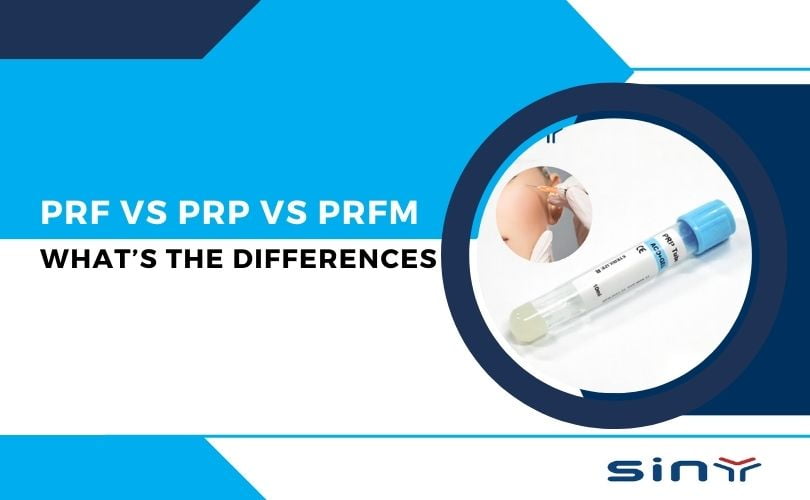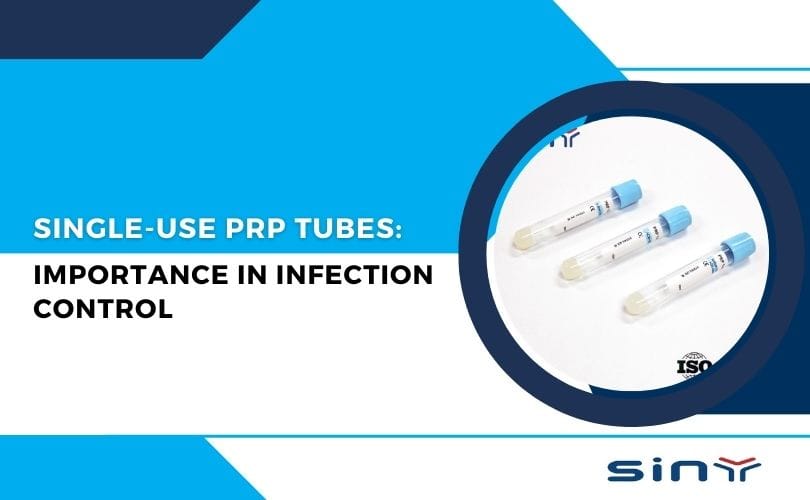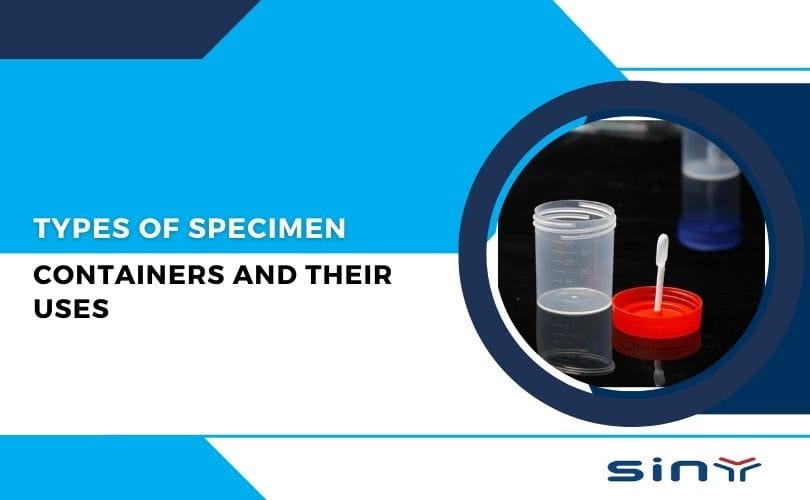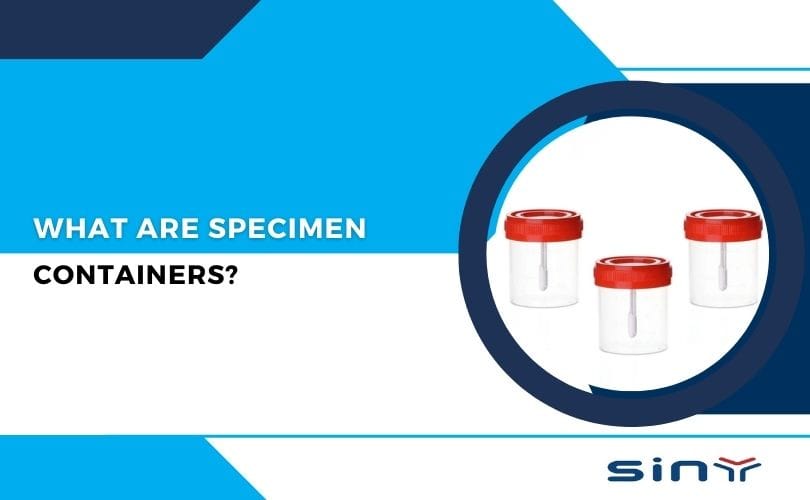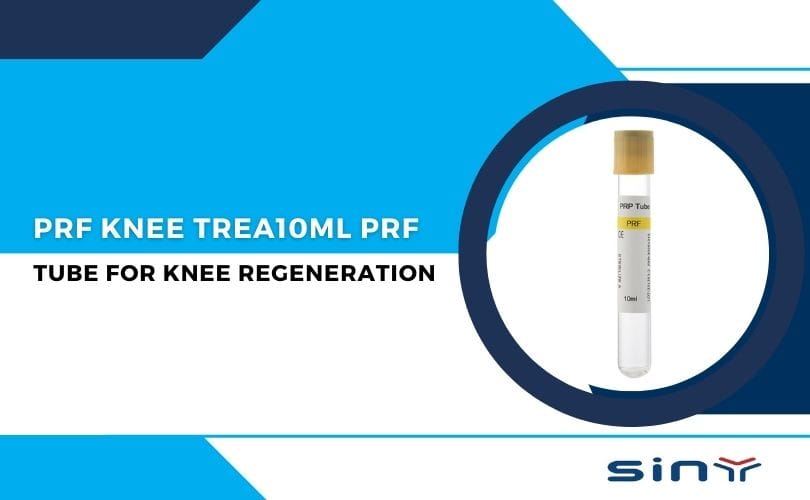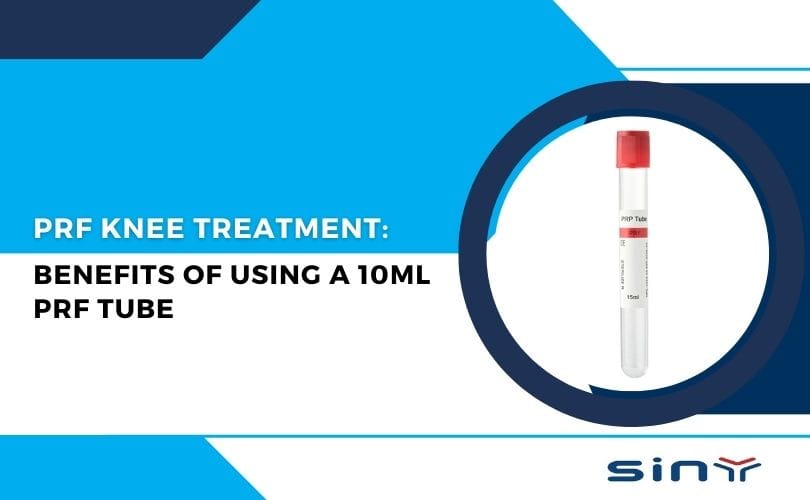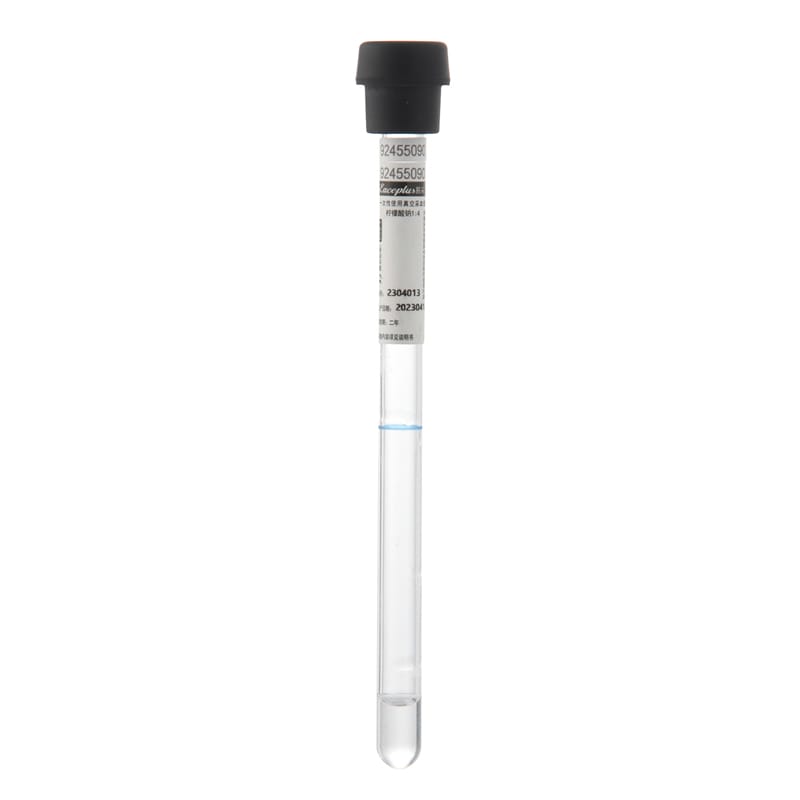In the ever-evolving field of aesthetic medicine, regenerative therapies have become increasingly popular due to their capacity to rejuvenate skin, promote healing, and improve overall appearance. Among these treatments, Platelet-Rich Plasma (PRP), Platelet-Rich Fibrin (PRF), and Platelet-Rich Fibrin Matrix (PRFM) stand out for their effectiveness and innovative approaches. Understanding the differences between PRF, PRP, and PRFM can help individuals decide which treatment best suits their needs.
Table of Contents
Understanding PRP
What is PRP?
Platelet-rich plasma (PRP) is a concentration of platelets derived from the patient’s blood. These platelets are rich in growth factors crucial in tissue repair and regeneration. Obtaining PRP involves:
- Drawing a small amount of blood from the patient.
- Centrifuging it to separate the platelet-rich plasma from other blood components.
- Injecting the PRP into the targeted area.

Applications of PRP
PRF is used in various regenerative treatments, including:
1. Facial Aesthetics: PRF can be used for facial injections to enhance volume, improve skin texture, and promote collagen production.
2. Wound Healing: PRF effectively accelerates wound healing and surgical sites by providing a sustained release of growth factors.
3. Dental Procedures: PRF is commonly used in dental surgeries to enhance tissue regeneration and healing.
Advantages and Disadvantages of PRF
Advantages
- Longer release of growth factors compared to PRP.
- No need for anticoagulants, resulting in a more natural preparation.
- Enhanced healing properties due to the fibrin matrix.
Disadvantages
- More complex preparation process than PRP.
- It may still require multiple treatments for optimal results.
Introducing PRFM
What is PRFM?
The platelet-rich fibrin matrix (PRFM) is a refined form of PRP that incorporates a fibrin matrix to extend the release of growth factors further. Preparing PRFM involves adding a small amount of calcium chloride to PRP, which induces the formation of a fibrin matrix, creating a more stable and longer-lasting product.

Applications of PRFM
PRFM is used in various medical and aesthetic treatments, such as:
Facial Volume Restoration: PRFM is a natural filler that restores facial volume and contour.
Joint and Tendon Repair: PRFM effectively treats joint and tendon injuries by providing sustained growth factor release for improved healing.
3. Chronic Wound Treatment: PRFM is beneficial in managing chronic wounds by promoting tissue regeneration over an extended period.
Advantages and Disadvantages of PRFM
Advantages
- Extended-release of growth factors for prolonged effects.
- Enhanced stability and consistency due to the fibrin matrix.
- Effective in both aesthetic and medical applications.
Disadvantages
- More involvement in the preparation process increases time and cost.
- Higher complexity may require specialized training and equipment.
Comparative Analysis: PRP vs PRF vs PRFM
The preparation of PRP involves using a PRP tube or PRP kit to collect the patient’s autologous blood and using a centrifuge that spins quickly to separate platelets from red blood cells. The resulting PRP solution contains nearly pure platelet-rich plasma and can be used effectively in various cosmetic and medical treatments.
PRF and PRFM are both derivatives of PRP therapy. Like PRP, PRF and PRFM utilize the patient’s blood but process it differently. PRF is an autologous blood product; the blood obtained by centrifugation does not contain anticoagulants, resulting in a fibrin clot containing regenerated platelets.
PRFM combines the advantages of the first two but utilizes a matrix or scaffold-like substance to maximize growth factor and platelet concentrations while eliminating red and white blood cells. Although the concentration of platelets in PRP is higher than that of PRF or PRFM, preparing White blood cells, stem cells, and PRP eliminates other restorative materials. In contrast, PRFM and PRF maintain stable white blood cell counts, which help provide different benefits in tissue and bone regeneration. By adding substances such as calcium chloride, the PRP solution can be converted into a fibrin matrix, which is the definition of PRFM.
PRP, PRF, and PRFM: Which is Better?
When choosing between PRFM, PRF, and PRP
No one treatment works for everyone. The choice depends on each patient’s unique needs. Although these platelet-rich treatments have similarities, making an informed choice requires awareness of their distinctions. Consulting with your doctor is important in deciding which treatment option is best for your particular needs. Here are some points to consider:
Efficacy in Different Application
Depending on the field of medicine and the disease being treated, one treatment may demonstrate better efficacy than others.
Duration of Therapeutic Effects
The duration of therapeutic effects varies. PRP treatments usually last a few weeks and provide short- to medium-term benefits. On the other hand, PRF treatment’s effects may last several months. PRFM typically provides long-lasting tissue repair support, which can release healing factors over an extended period due to its reinforced scaffold-like matrix.
PRP, PRF, and PRFM represent significant advancements in regenerative medicine, each offering unique benefits and applications. PRP is favoured for its simplicity and quick outcomes, which make it perfect for a variety of aesthetic treatments. Growth factors are released more gradually with PRF. Enhancing its effectiveness in healing and regeneration. PRFM, with its extended growth factor release and improved stability, offers the most prolonged therapeutic benefits, albeit with higher preparation complexity and cost.
Final summery
PRF, PRP, and PRFM each offer unique benefits and applications in regenerative medicine. PRF’s natural fibrin matrix and sustained release of growth factors make it an excellent choice for tissue regeneration and healing. PRP’s ease of preparation and versatility make it a popular option for various treatments, from dermatology to sports medicine. PRFM combines both advantages, providing structural support and prolonged regenerative effects, making it ideal for complex healing scenarios. Understanding the differences and applications of these platelet-rich concentrates is crucial for selecting the appropriate treatment for each patient, ultimately enhancing outcomes and promoting better health.
FAQs on PRF, PRP, and PRFM
What is the main difference between PRF and PRP?
The primary difference between PRF and PRP lies in their preparation. PRF is prepared without anticoagulants, resulting in a fibrin matrix that supports cell growth. PRP, on the other hand, is ready with anticoagulants and does not form a fibrin matrix.
Can PRF and PRP be used together?
Yes, PRF and PRP can be used together to enhance the healing process. Combining the two treatments can provide a more comprehensive tissue regeneration and healing approach.
Is PRFM better than PRP for wound healing?
PRFM may be more effective than PRP for wound healing due to its fibrin matrix, which provides structural support and a sustained release of growth factors. This can enhance the healing process and improve tissue integration.
How long do the effects of PRP last?
The effects of PRP can last several months, depending on the treatment area and the patient’s condition. Regular maintenance treatments may be required to sustain the results.
Are there any risks associated with PRF treatments?
PRF treatments are generally considered safe, with minimal risks. Since PRF is derived from the patient’s blood, the risk of allergic reactions or rejection is very low. However, as with any medical procedure, there is a small risk of infection or bruising at the injection site.
Which treatment is best for hair restoration: PRP or PRFM?
Both PRP and PRFM can be effective for hair restoration. PRP is commonly used due to its high concentration of growth factors that stimulate hair follicles. PRFM, with its fibrin matrix, may offer additional structural support and sustained release of growth factors, potentially enhancing the results.


